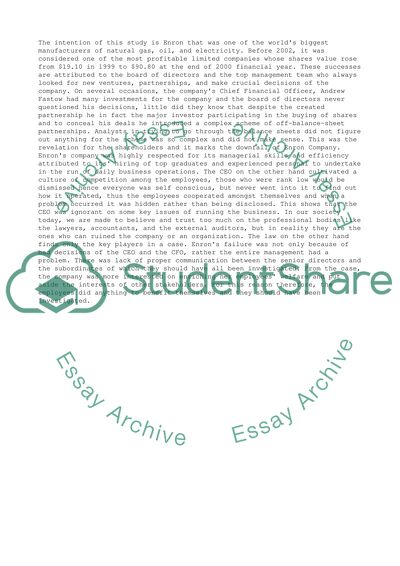Cite this document
(“People and organization: Enrons Corporation case Essay”, n.d.)
Retrieved from https://studentshare.org/management/1393812-people-and-organization-enrons-corporation-case
Retrieved from https://studentshare.org/management/1393812-people-and-organization-enrons-corporation-case
(People and Organization: Enrons Corporation Case Essay)
https://studentshare.org/management/1393812-people-and-organization-enrons-corporation-case.
https://studentshare.org/management/1393812-people-and-organization-enrons-corporation-case.
“People and Organization: Enrons Corporation Case Essay”, n.d. https://studentshare.org/management/1393812-people-and-organization-enrons-corporation-case.


